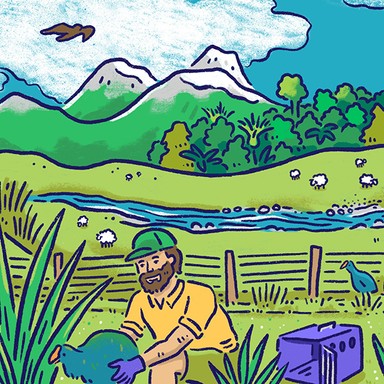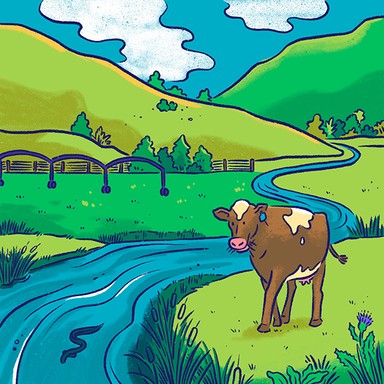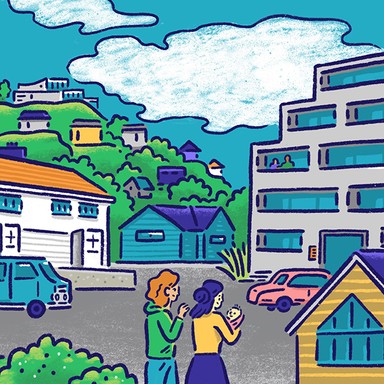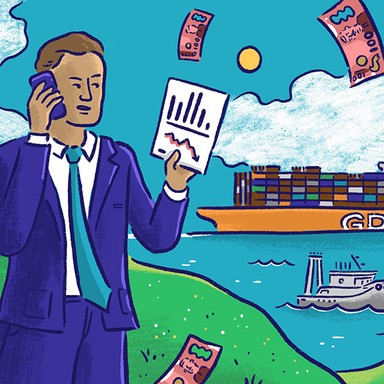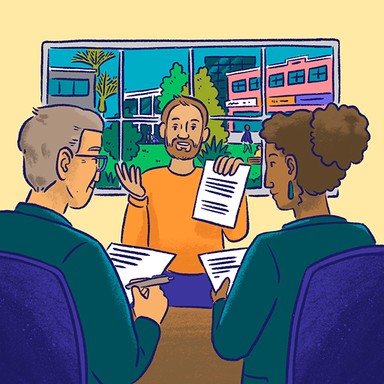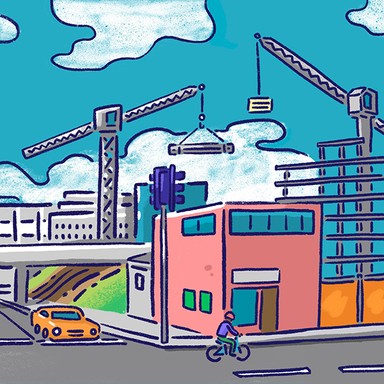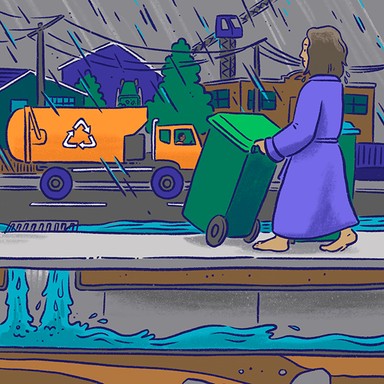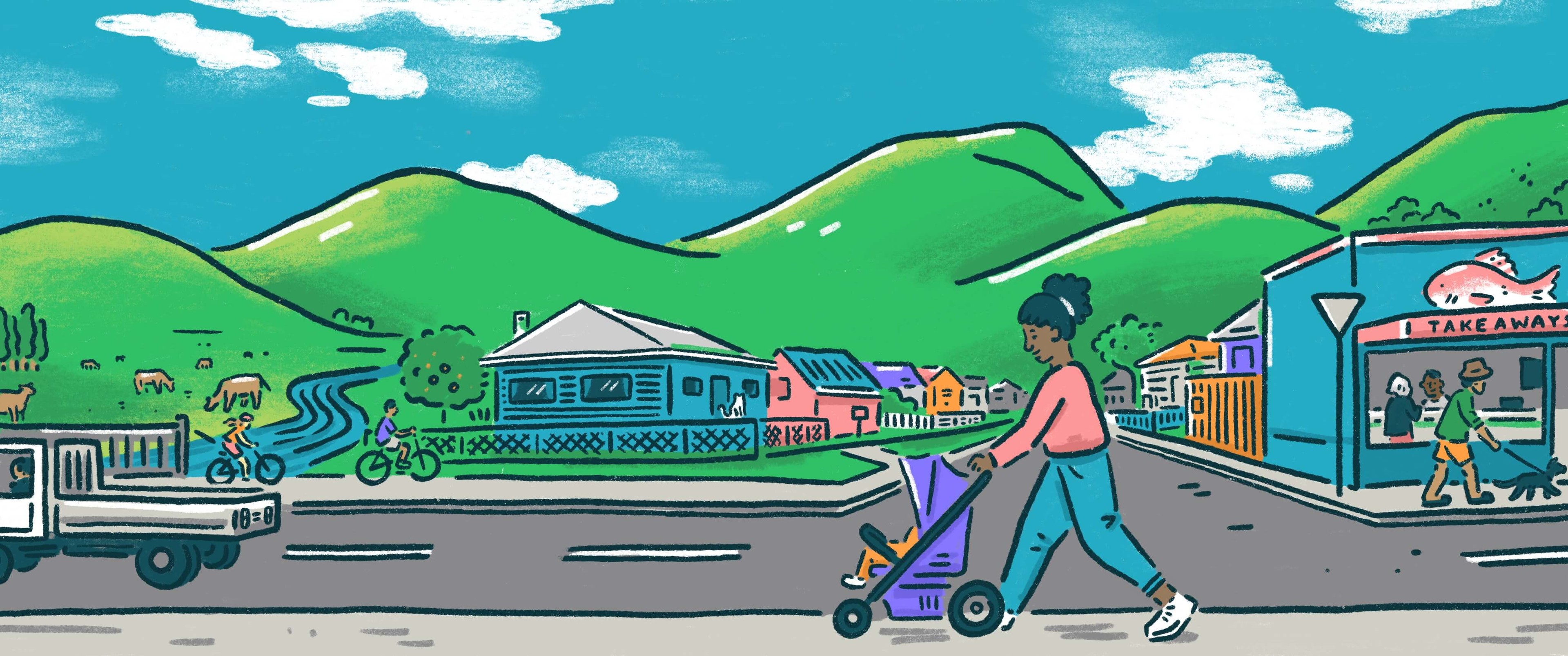
Gisborne District Council
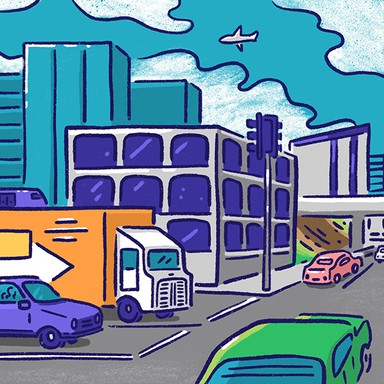
Transport
Helping communities get from A to B is a key responsibility of local government, from making sure the buses run on time to providing car parking and walking and cycling paths. Whether public transport is the responsibility of the regional or local council depends on where you are in the country. Local councils also own 87% of New Zealand’s roads.

Transport
Helping communities get from A to B is a key responsibility of local government, from making sure the buses run on time to providing car parking and walking and cycling paths. Whether public transport is the responsibility of the regional or local council depends on where you are in the country. Local councils also own 87% of New Zealand’s roads.
Create a new transport policy for free transport for families.
Pressure central government for the redirection planning of State Highway 35 to protect access of our coast communities to services.
Enter a feasibility study of the possibility of low fuel emissions rail on the coast.
Address the lack of parking at our current sporting facilities.
Investigate rail as a long-term solution to State Highway 35 issues.
Resource the building of more walkways and cycleways in rural areas.
Work with communities to address ongoing roading issues.
A forestry infrastructure plan be developed to minimise the risks of life while maximising community and crown resources across the region.
Tairāwhiti has a integrated cycleway and walkway network by 2030, supported by a bikes for kids in schools program.
Urban ring road systems are affordable and practical for the needs of our communities.
Investigate the possibilities of an electric public bus service for the city.
Fix the roads council is responsible for, that need to be fixed.
Aquire more passing lanes on the roads, suitable for cars and logging trucks.
Support improved public transport including electronic scooters in Gisborne City.
Advocate for better funding from NZ Transport Agency to improve the quality of State Highway 35.
Investigate the options of maritime transport in Tairāwhiti.
Create a new transport policy for free transport for families.
Pressure central government for the redirection planning of State Highway 35 to protect access of our coast communities to services.
Enter a feasibility study of the possibility of low fuel emissions rail on the coast.
Address the lack of parking at our current sporting facilities.
Investigate rail as a long-term solution to State Highway 35 issues.
Resource the building of more walkways and cycleways in rural areas.
Work with communities to address ongoing roading issues.
A forestry infrastructure plan be developed to minimise the risks of life while maximising community and crown resources across the region.
Tairāwhiti has a integrated cycleway and walkway network by 2030, supported by a bikes for kids in schools program.
Urban ring road systems are affordable and practical for the needs of our communities.
Investigate the possibilities of an electric public bus service for the city.
Fix the roads council is responsible for, that need to be fixed.
Aquire more passing lanes on the roads, suitable for cars and logging trucks.
Support improved public transport including electronic scooters in Gisborne City.
Advocate for better funding from NZ Transport Agency to improve the quality of State Highway 35.
Investigate the options of maritime transport in Tairāwhiti.
Mayor
Compare the mayoral candidates in your area
Local council
Compare the candidates for your city or district council
Regional council
Compare the candidates for your regional council
Local board
Compare the candidates for your local or community board

